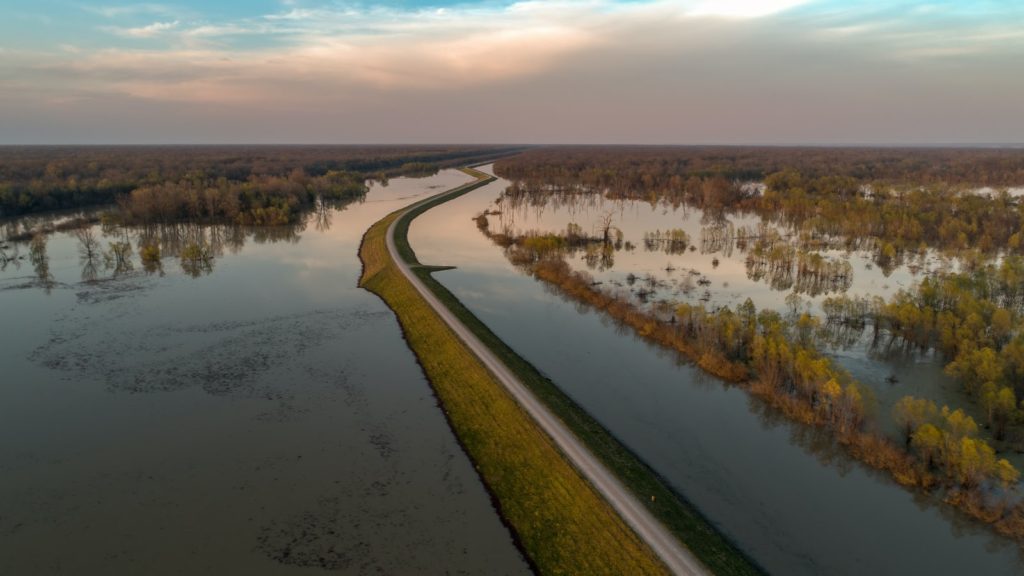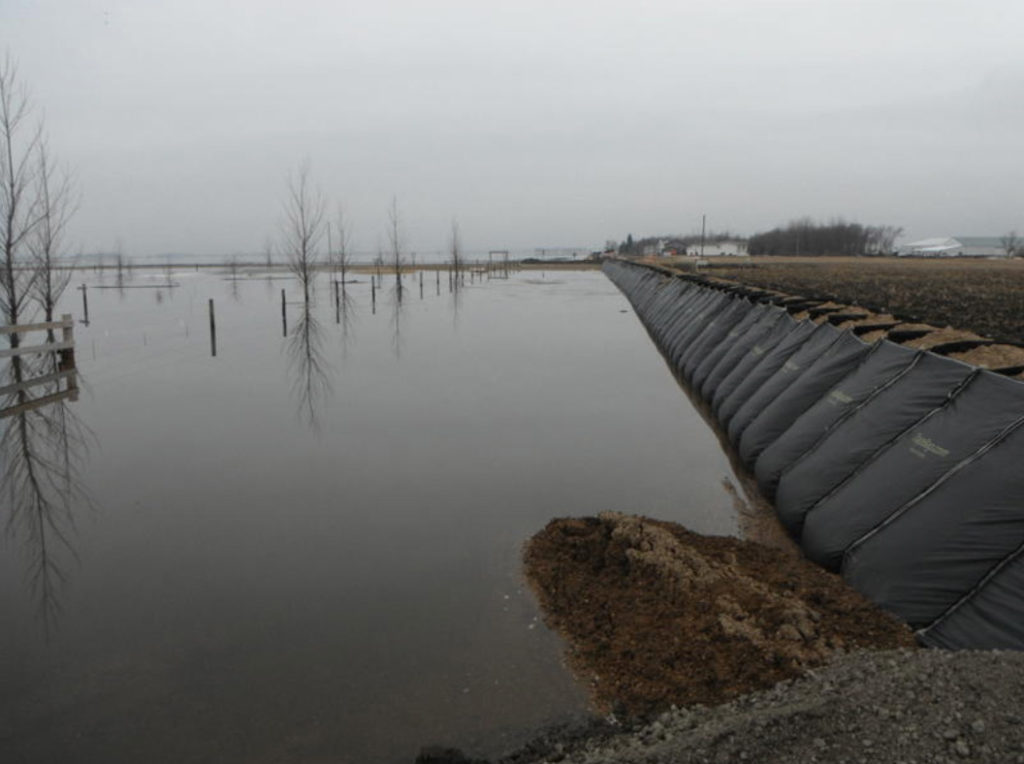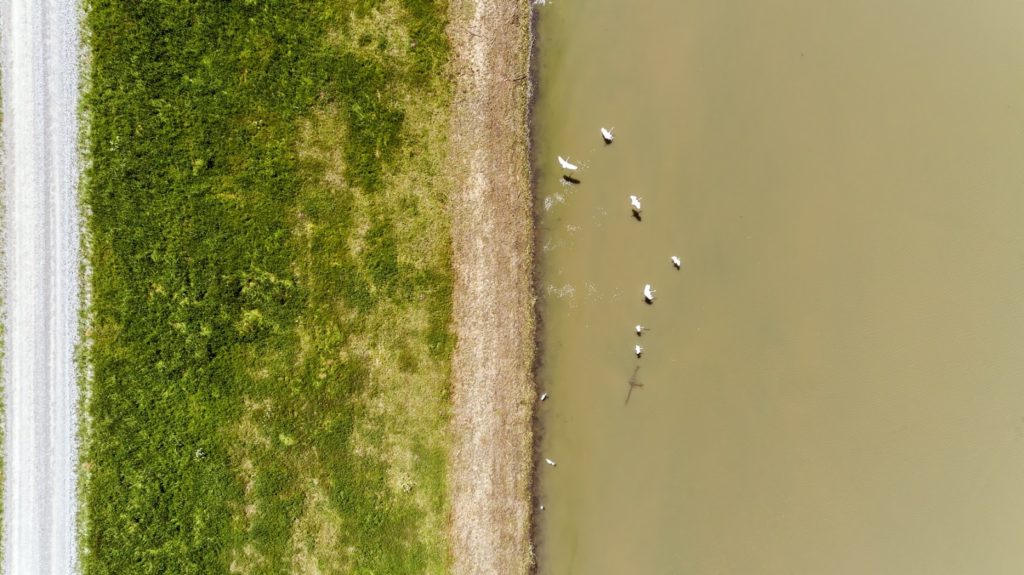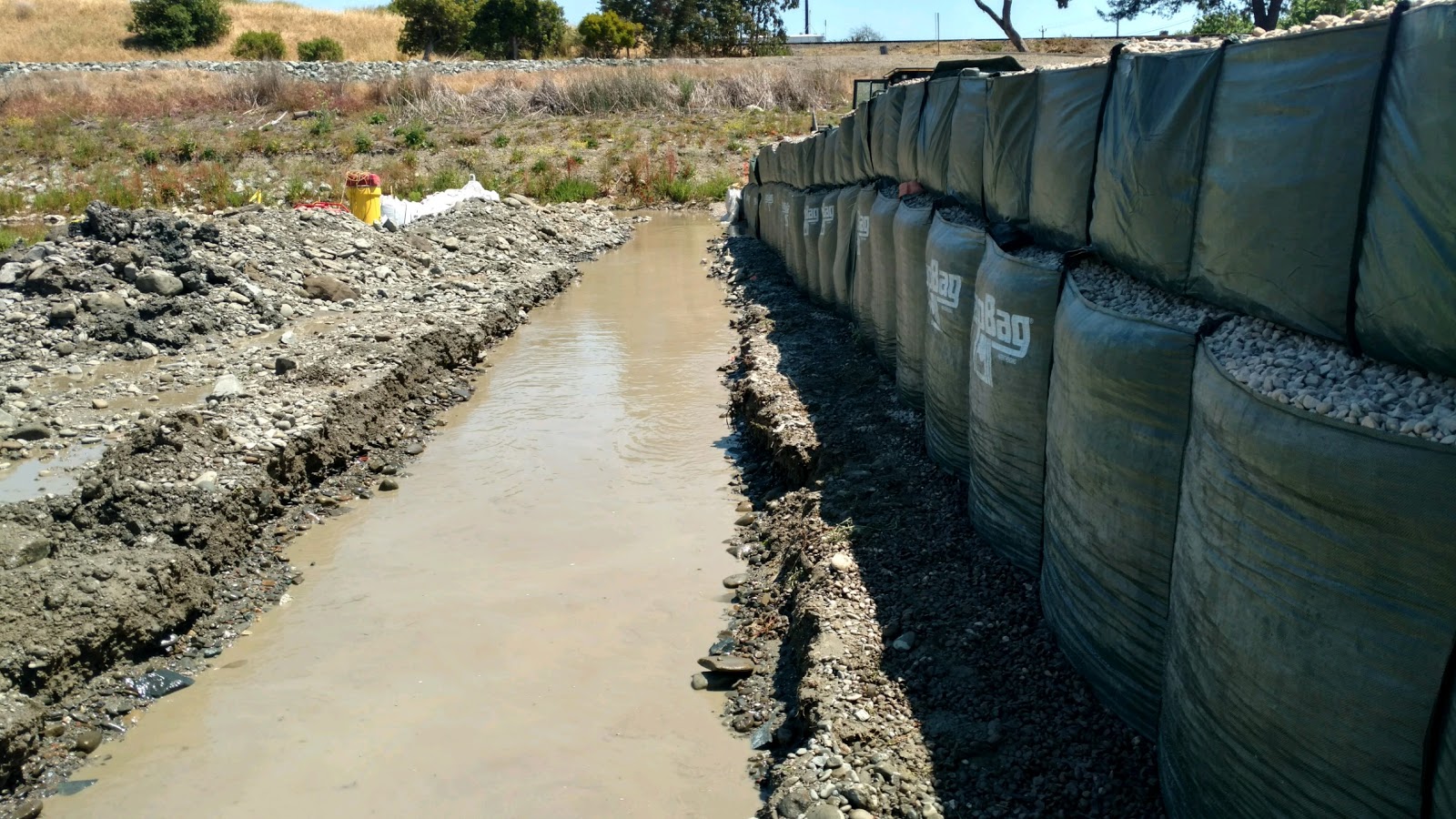Flooding can devastate a home or entire neighborhood and cause severe and irreversible damage to property. Faced with these situations, many people living in flood-prone areas seek to protect themselves from water damage. There are few places at a greater risk of flood damage than the largest river banks in North America.
There are many major cities and residents in the Mississippi floodplain. What are the Mississippi and its tributaries’ unique flooding risks? How are these floods currently prevented or protected against? And what’s in the future of flood prevention for this geographical area?
How Often Does The Mississippi River or Its Tributaries Cause Flooding?

The Mississippi River floods relatively often compared to others because much of its length runs along aptly-named floodplains.
Much of the land surrounding the Mississippi River consists of lowlands that allow a slight rise in water levels to flood miles of the surrounding areas. The waters advance somewhat quickly and creep back slowly, further increasing the amount of water damage done.
The State of Mississippi Floodplain Manual lists many of the laws and regulations regarding Mississippi River flood projections and flood management, as well as other details about which areas are at the highest risk of floods. Floodplains within the State of Mississippi are at an exceptionally high risk of flooding due to their low elevation.
New Orleans is another prime location for flooding, due to the combination of its wetlands, low elevation respective to the surrounding land, and the reliance on the Mississippi River levee of New Orleans. Instances of Mississippi valley flooding are some of the most apparent cases of severe flooding in need of serious protection.
Mississippi River floods have been happening for as long as the United States has been building settlements along its banks, some are even recorded by others.
The first recorded flooding of the Mississippi River by European settlers happened in 1543 when Hernando Desotos recounted one near what is now Memphis. As part of the US, there is also the flood of 1788 which destroyed some of the infrastructure on the river banks. Even more recently, a 2019 flood sits at the largest Mississippi flood on record.
What Conditions or Weather Tends to Increase the Likelihood of Flooding?
One might wonder, as it is a commonly recited phrase, do wetlands prevent flooding? Not necessarily. In many cases, it can, and it is undoubtedly better at doing it than urban concrete and asphalt would be. This works because the wetland soil and vegetation work like a giant green sponge to absorb the excess water.
The trouble with this is that if the river floods due to heavy rainfall or melting snow, the surrounding marshes will have absorbed too much water to absorb the excess flood water coming from the river itself. When the Mississippi River crest levels, the water level above the banks, reaches high enough that the tide can cross the surrounding wetlands and floodplains, it causes major flooding wherever it is.
As mentioned, seasonal weather conditions such as heavy rainfall or rapid snow melting can cause major changes in the crest and overall water levels that lead to flooding despite the water-reducing barrier of the wetlands around it. Rising Mississippi River water levels are typical enough for most metropolitan areas and major cities on the Mississippi River to have dams and levees to combat these situations.
If flooding happens to be caused by a log jam or other water displacements rather than a rise in water levels, combating it can be somewhat tricky. The jam has to be removed, but if this is not done correctly, it can go on to cause another blockage further along the river at some point.
The worst-case scenario combines these factors. A storm surge is likely to raise the water level in the Mississippi River and knock trees and other debris into it. While a levee can prevent flooding by pumping water out of the river and surrounding area, it can be defeated. In the case of a storm surge, river flood control services will all be overwhelmed already.

How has Mississippi River Flooding been Protected Against Historically?
Mississippi River flood prevention takes many forms today and has taken many more forms over the years. Levees and dams were the preferred steps to avoid a flood and have been since the early days of settling along the river.
Another critical factor is that major cities along the Mississippi River were originally designed to prevent significant flood damage in the case of a river overflow.
A more permanent means of stopping a river from flooding is to redirect the water. Redirection efforts through the Mississippi River tributaries have the added benefit of bringing water closer to agricultural land. This was especially important before the modern era when farmers relied on it.
Redirection can also increase the number of banks running along water-absorbing barriers to make the wetlands reduce flooding.
How, if at all, has flooding been prevented?
No means of river flood control is likely to work 100% of the time. The Mississippi River changes over time. Parts of it shift across the Mississippi River flood plain, making it harder to control flooding at the best of times.
Resources like the Mississippi Drainage Basin are indispensable, but more steps to control flooding will always be needed. The goal is to not have repeats of incidents like the flooding in Davenport or recent Iowa State floods.

What is the best way to protect communities, homes, and businesses from the risks of flooding?
The best and easiest way to protect communities is to keep them informed about potential upcoming flood risks and keeping flood prevention systems up to date. Outdated storm drains should be updated, renovated, and maintained regularly. Communities also need to educate themselves on local flood shelters and form localized emergency plans in the case of a severe flood.
Natural defenses also need to be maintained. As cities expand, the amount of wetlands and floodplains is reduced in favor of concrete. Wetlands prevent floods by creating a water-absorbent barrier, removing that increases the severity of what might otherwise be a very minor and localized flood. With Mississippi River levels rising more every year, flood prevention measures like these will only become more necessary.


